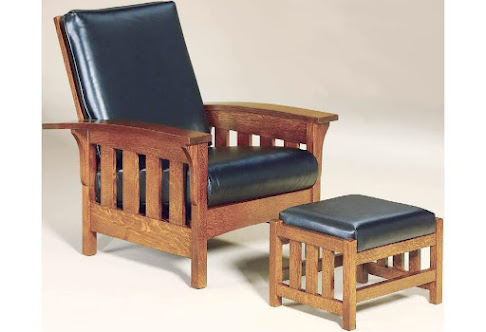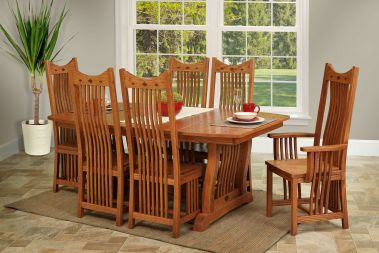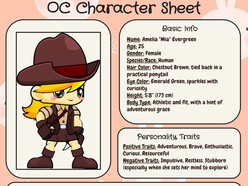Mission style (from English Mission) is a type of furniture popular in the United States at the turn of the 20th century. Characterized by the simplicity of materials and design, this piece of furniture originated from the Arts and Crafts movement inspired by Gustav Stickley. Manufacturers of this type of furniture shared a belief in the social virtues of good design and handcrafting.
The furniture, usually made of stained oak, had a rectilinear design and exposed joinery. There was little or no decor, although the carpentry was sometimes painted dark to emphasize the craftsmanship. Fittings were made of copper or iron, while coverings were made of leather, canvas, or plain fabric. The Mission craftsmen also made stained-glass chandeliers, broken copper candlesticks, and handmade earthenware.
The first items to be called "Mission furniture" were probably made in New York in the 1890s and were inspired by the wooden furniture of the Spanish "missions" in California. However, the main impetus for the development of the style was the British Arts and Crafts movement. Largely influenced by the aesthetics of William Morris and John Ruskin, Stickley began publishing The Craftsman magazine in 1901, which became the main mouthpiece of the artisan movement. In the magazine, Stickley emphasized the importance of humane design in the industrial age. Good furniture design, according to Stickley, was utilitarian and organic, using simple materials and designs to emphasize the values of honest work and the relationship of man to nature.
The leading manufacturers of Mission style furniture were Stickley's Craftsman Workshops and Roycroft Community located in New York City. The style was especially popular in the west and had a notable influence on the bungalow houses built by Californian architects Charles and Henry Green. His influence can also be seen in the early work of Frank Lloyd Wright.
What are the features of mission style furniture?
1. Horizontal and vertical lines
Straight horizontal and vertical lines are the defining elements, as are flat planes and panels that highlight the natural grain of the wood.
2. Simplicity
As you may have guessed, there are very few decorations here. Beauty is reflected in the elegant and free simplicity of style.
3. Vertical and parallel bars
Vertical and parallel slats called pegs were a common feature of mission-style furniture, giving the furniture an appearance of strength. At the same time, this style creates a subtle illusion of lightness that balances out its masculine and heavy look.
4. Open joints
Another important highlight of mission-style furniture is the exposed mortise and serrations that add tremendous strength and durability to any piece of furniture. Besides, it's just a beautiful feature of the furniture.
Although Stickley's furniture was machine-made, it had a hand-crafted feel to it, which he achieved by emphasizing construction details: visible tenons (the ends of pieces of wood), exposed joints, and the use of pins and dowels rather than nails or glue as fasteners. These techniques, many of which date back to medieval times, gave furniture an artisanal look that was characteristic of the era before the Industrial Revolution. But factory production has made it more affordable than any true handicraft.













